Home>Gardening & Outdoor>Pool & Spa Care>How Long To Heat Up A 110V Hot Tub


Pool & Spa Care
How Long To Heat Up A 110V Hot Tub
Modified: October 20, 2024
Find out the ideal heating time for your 110V hot tub. Discover expert tips and tricks for pool and spa care. Unlock the secrets to efficient heating!
(Many of the links in this article redirect to a specific reviewed product. Your purchase of these products through affiliate links helps to generate commission for Storables.com, at no extra cost. Learn more)
Introduction
So, you've just become the proud owner of a 110V hot tub, and you're eager to experience the ultimate relaxation it promises. However, you may find yourself wondering, "How long will it take for my hot tub to reach the perfect temperature?" This is a common question among new hot tub owners, and the answer depends on several factors.
In this article, we'll delve into the various elements that influence the heating time of a 110V hot tub. Understanding these factors will not only help you manage your expectations but also enable you to optimize the heating process for a more enjoyable and efficient experience.
Whether you're eagerly anticipating your first soak in the hot tub or seeking to maximize its energy efficiency, gaining insights into the heating process and its influencing factors is essential. So, let's explore the world of 110V hot tubs and unravel the mysteries of their heating time.
Key Takeaways:
- Heating a 110V hot tub takes time, influenced by water temperature, tub size, heater capacity, insulation, ambient temperature, and cover usage. Understanding these factors helps optimize heating for a cozy soak.
- Efficiently heating a 110V hot tub involves insulation optimization, consistent temperature maintenance, strategic timing, heat loss minimization, regular maintenance, and solar heating exploration. These practices conserve energy and enhance the hot tub experience.
Read also: 15 Best 110V Dryer For 2024
Factors Affecting Heating Time
Several key factors play a crucial role in determining how long it takes for a 110V hot tub to heat up to the desired temperature. Understanding these factors is essential for managing expectations and optimizing the heating process.
- Initial Water Temperature: The starting temperature of the water in your hot tub significantly impacts the heating time. If the water is close to your desired temperature, the heating process will be quicker than if the water is at a much lower temperature.
- Hot Tub Size: The volume of water in your hot tub directly influences the heating time. Larger hot tubs with greater water capacity will naturally take longer to heat up compared to smaller ones.
- Heater Capacity: The power and efficiency of the hot tub’s heater are critical. A higher-capacity heater can heat the water more quickly, while a lower-capacity heater will take longer to achieve the desired temperature.
- Insulation: The level of insulation in the hot tub affects its ability to retain heat. Well-insulated hot tubs can maintain their temperature more effectively, resulting in shorter heating times.
- Ambient Temperature: The temperature of the surrounding environment impacts the hot tub’s heating process. In colder climates, the hot tub will lose heat more rapidly, requiring a longer heating time.
- Cover Usage: Proper use of a hot tub cover is essential for heat retention. Keeping the cover on during the heating process can significantly reduce heating time by preventing heat loss.
By considering these factors, hot tub owners can gain a clearer understanding of the variables influencing heating time and make informed decisions to optimize the process.
Understanding the Heating Process
As you eagerly anticipate the soothing warmth of your hot tub, it’s helpful to understand the heating process that takes place within its bubbling confines. The mechanism responsible for heating the water is the hot tub’s electric heater, which operates much like a large kettle, albeit with a few distinct differences.
When you adjust the temperature settings on your hot tub, the heater springs into action, initiating the heating process. The electric current flows through the heater element, generating heat that is transferred to the water. This process continues until the water reaches the set temperature, at which point the heater maintains the desired warmth.
It’s important to note that the heating process is not instantaneous, especially for a 110V hot tub. The time it takes for the water to reach the desired temperature is influenced by various factors, as discussed earlier. Additionally, the heating process is designed to be gradual, ensuring that the water is heated uniformly without creating hot spots or temperature differentials.
During the heating process, the hot tub’s circulation system also plays a vital role. As the water is heated, the circulation pump ensures that the warm water is evenly distributed throughout the tub, preventing stratification and ensuring a consistent temperature throughout.
Understanding the intricacies of the heating process not only fosters appreciation for the technology at work but also empowers hot tub owners to make informed decisions regarding temperature adjustments, energy efficiency, and overall hot tub maintenance.
To heat up a 110V hot tub, it typically takes about 24-36 hours. However, using a hot tub cover and insulating the tub can help it heat up faster and save energy.
Tips for Efficiently Heating a 110V Hot Tub
Efficiently heating a 110V hot tub involves a combination of thoughtful practices, strategic decisions, and the utilization of available resources. By implementing the following tips, hot tub owners can optimize the heating process, conserve energy, and enhance their overall hot tub experience.
- Optimize Insulation: Ensure that your hot tub is well-insulated to minimize heat loss. This includes checking the integrity of the cover, inspecting the insulation within the hot tub cabinet, and addressing any potential areas of heat escape.
- Maintain a Consistent Temperature: Rather than allowing the hot tub’s temperature to drop significantly between uses, aim to maintain a consistent temperature. Reheating significantly cooled water requires more energy and time.
- Strategic Timing: Take advantage of off-peak electricity hours for heating your hot tub, as electricity rates may be lower during certain times of the day. This can result in cost savings over time.
- Utilize a Timer: Consider using a timer to schedule the heating of your hot tub. By programming the heater to activate shortly before you plan to use the hot tub, you can ensure that it’s at the desired temperature when you’re ready to indulge in a relaxing soak.
- Minimize Heat Loss: When the hot tub is not in use, keep it covered to prevent heat loss. Additionally, minimizing the duration of uncovered soak times can help retain the water’s warmth, reducing the need for frequent reheating.
- Regular Maintenance: Keep your hot tub well-maintained to ensure that all components, including the heater and circulation system, are functioning optimally. Proper maintenance can contribute to efficient heating and overall energy savings.
- Consider Solar Heating: If feasible, explore the option of integrating solar heating solutions for your hot tub. Solar panels can harness renewable energy to supplement the heating process, reducing reliance on traditional electricity sources.
By incorporating these tips into your hot tub care routine, you can promote efficient heating, minimize energy consumption, and prolong the enjoyment of your 110V hot tub.
Conclusion
As we conclude our exploration of the heating dynamics of a 110V hot tub, it’s evident that the heating time is influenced by a myriad of factors, including initial water temperature, hot tub size, heater capacity, insulation, ambient temperature, and cover usage. Understanding these variables empowers hot tub owners to manage their expectations and optimize the heating process for a more efficient and enjoyable experience.
The gradual heating process, facilitated by the hot tub’s electric heater and circulation system, ensures that the water reaches the desired temperature uniformly and consistently. This understanding allows hot tub enthusiasts to appreciate the technology at work and make informed decisions regarding temperature adjustments, energy efficiency, and overall hot tub maintenance.
By implementing practical strategies such as optimizing insulation, maintaining a consistent temperature, strategic timing, utilizing timers, minimizing heat loss, regular maintenance, and exploring solar heating options, hot tub owners can enhance the efficiency of the heating process, conserve energy, and prolong the enjoyment of their 110V hot tub.
Ultimately, the journey of heating a 110V hot tub is not merely a technical process but an integral part of the overall hot tub experience. It’s a testament to the fusion of technology, comfort, and relaxation, offering a sanctuary of warmth and tranquility in the comfort of one’s own home.
So, as you eagerly anticipate the gentle steam rising from your hot tub and the promise of blissful relaxation, may these insights empower you to make the most of your hot tub heating journey, ensuring that every soak is a delightful and rejuvenating experience.
Frequently Asked Questions about How Long To Heat Up A 110V Hot Tub
Was this page helpful?
At Storables.com, we guarantee accurate and reliable information. Our content, validated by Expert Board Contributors, is crafted following stringent Editorial Policies. We're committed to providing you with well-researched, expert-backed insights for all your informational needs.
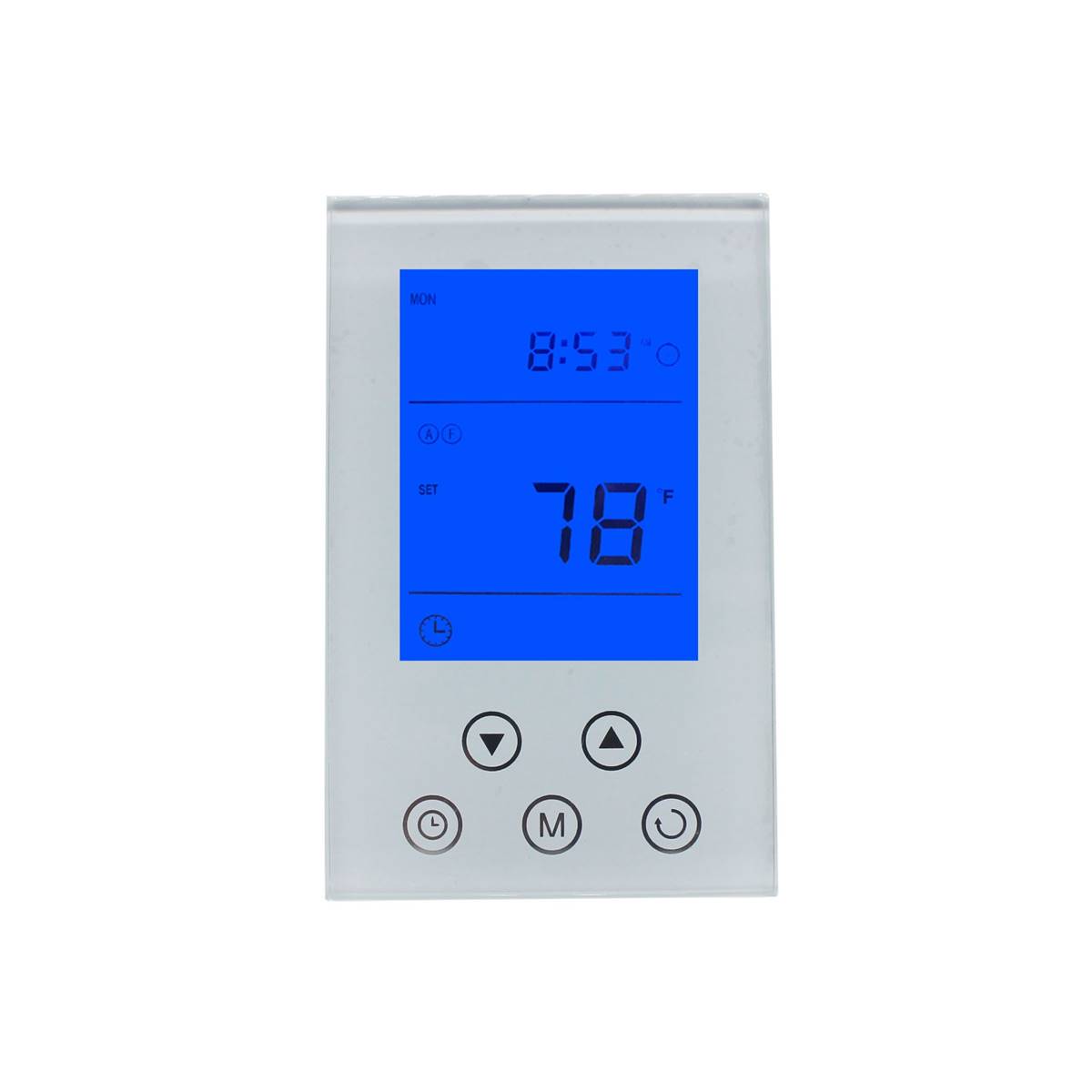
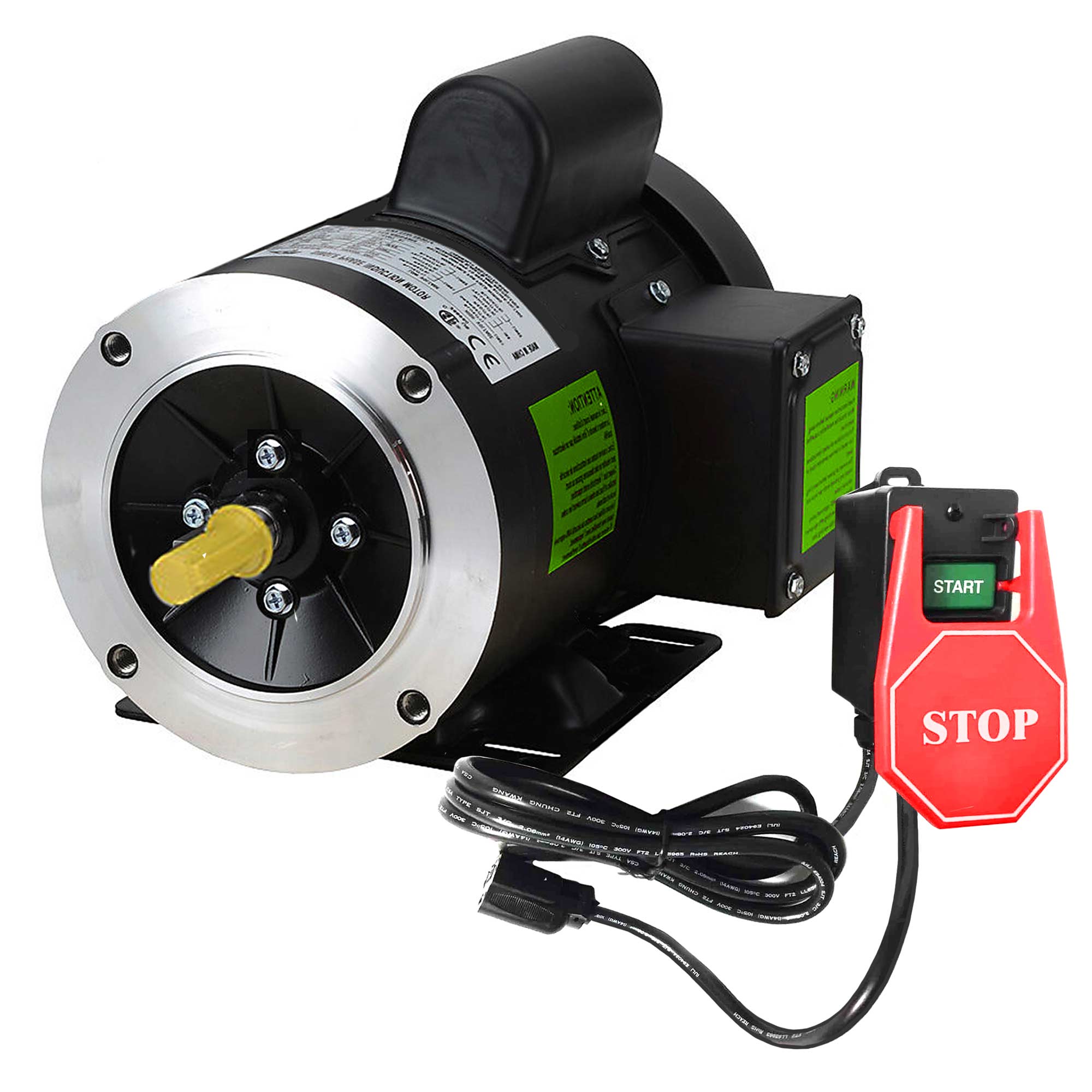
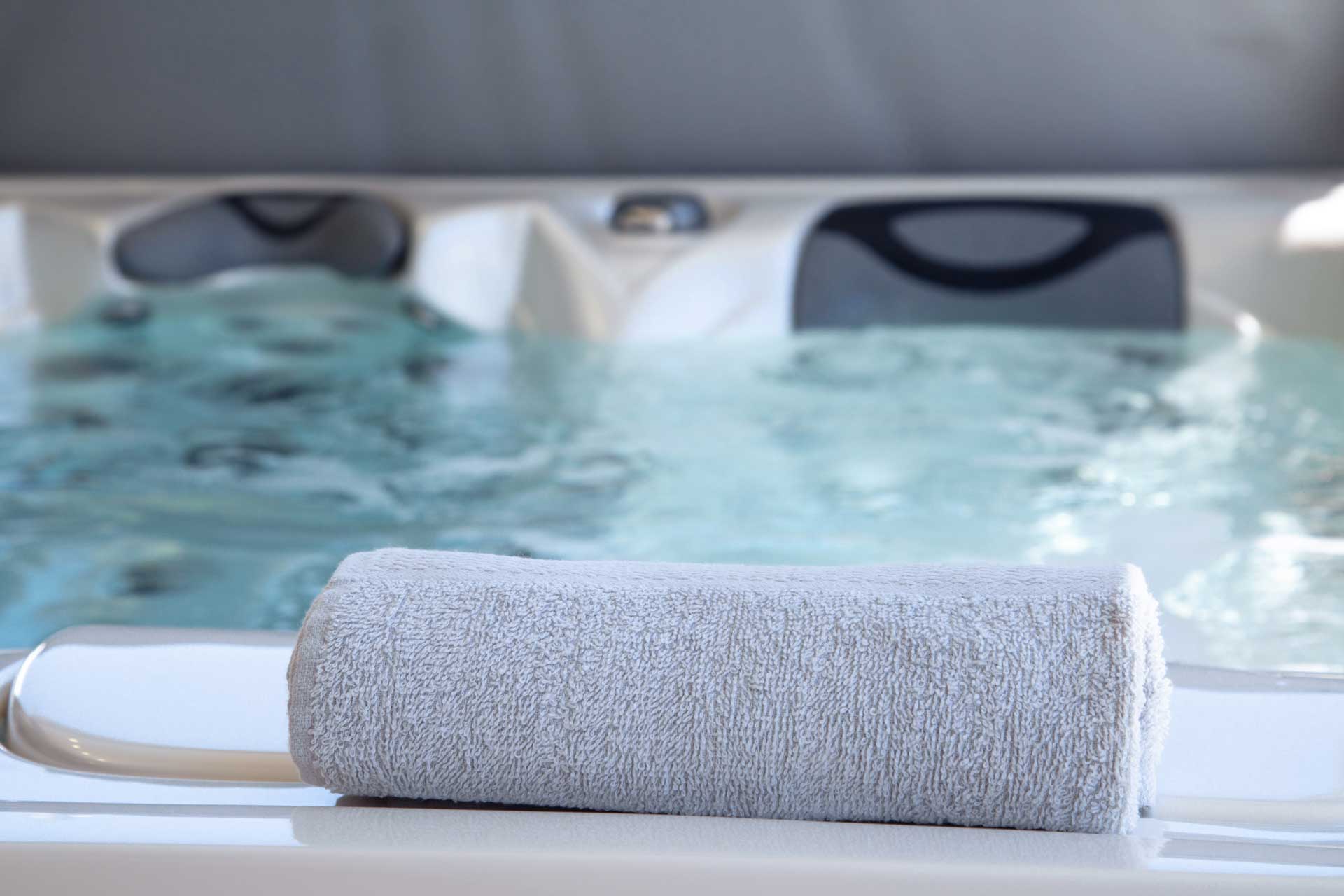
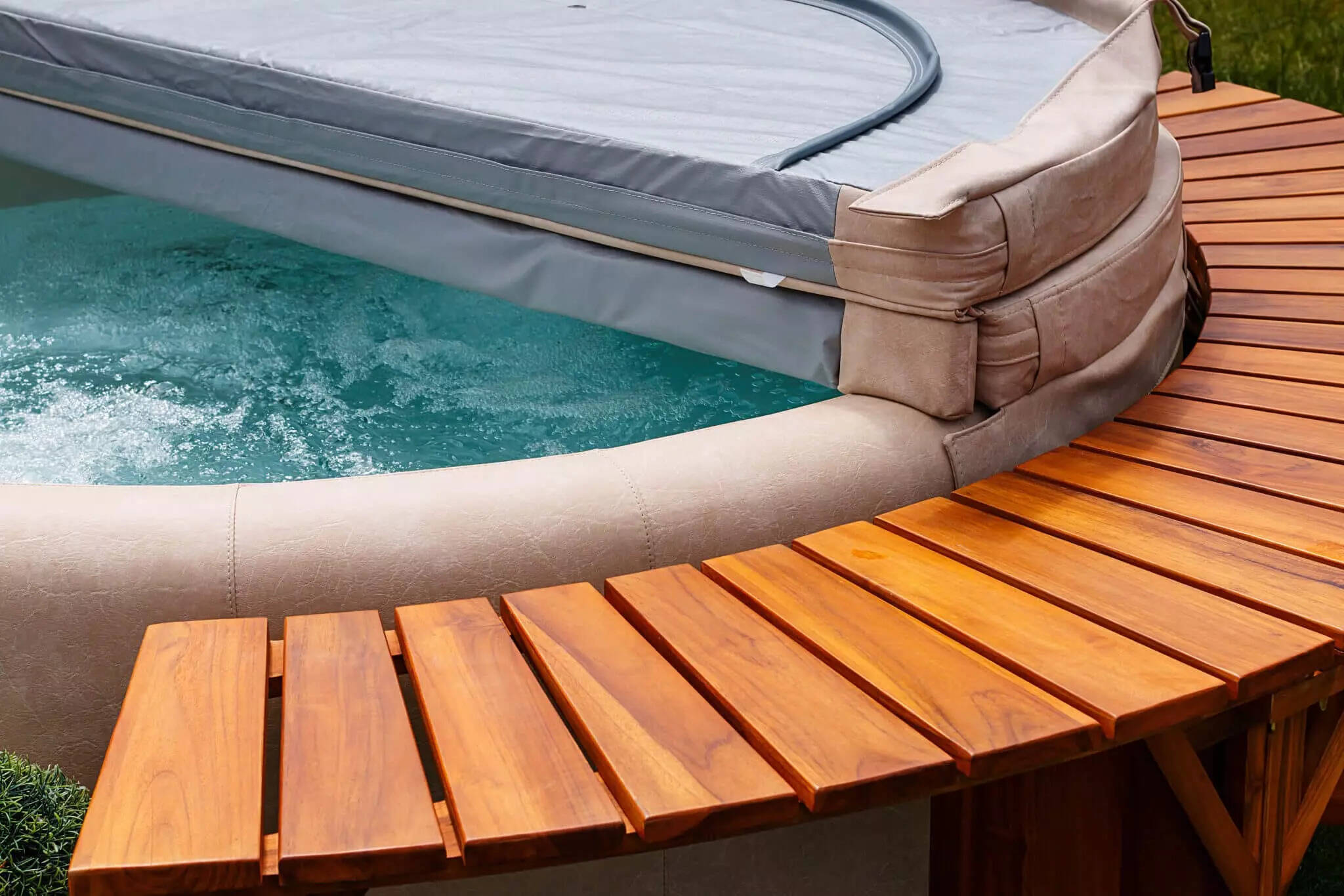
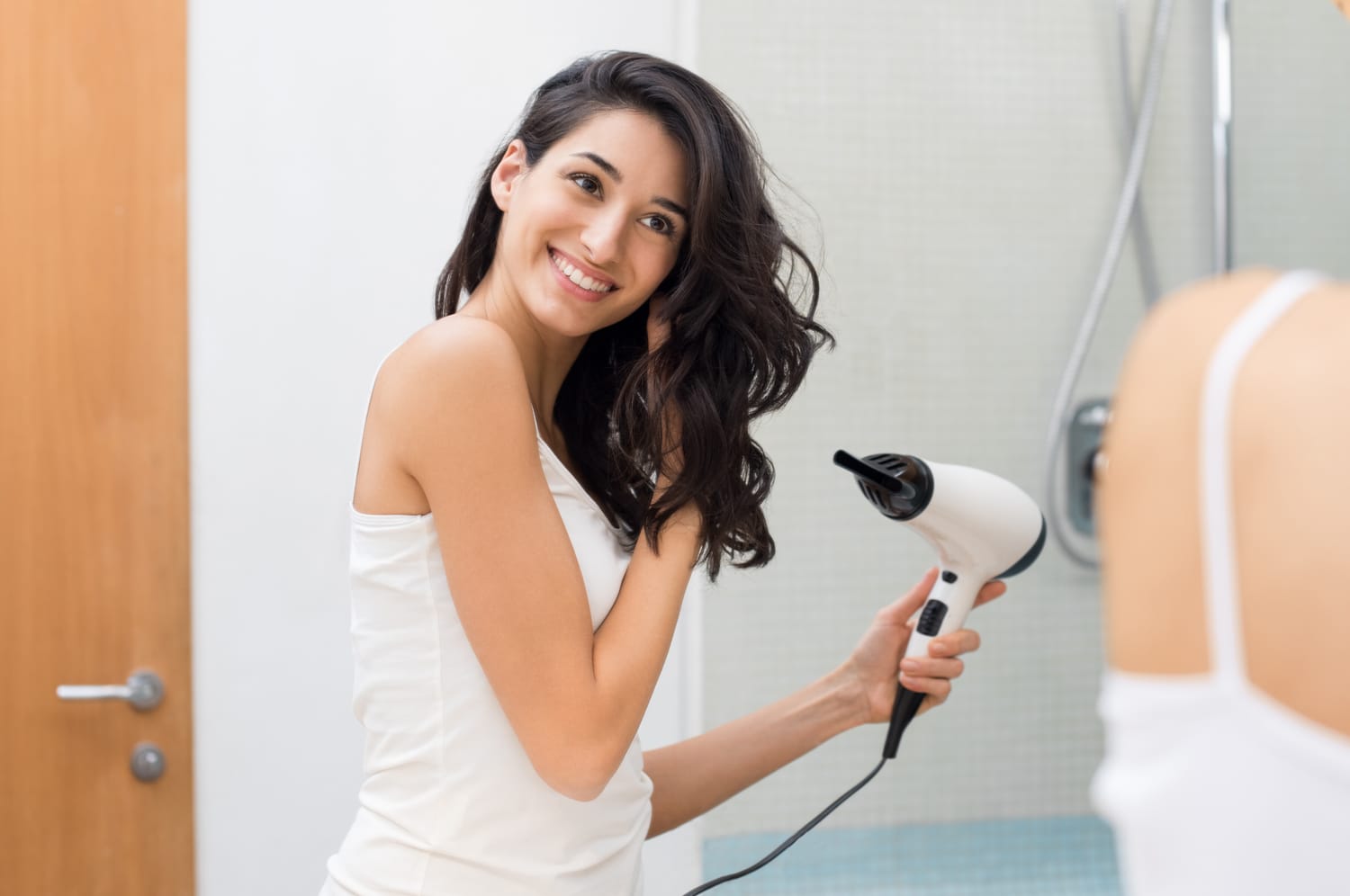
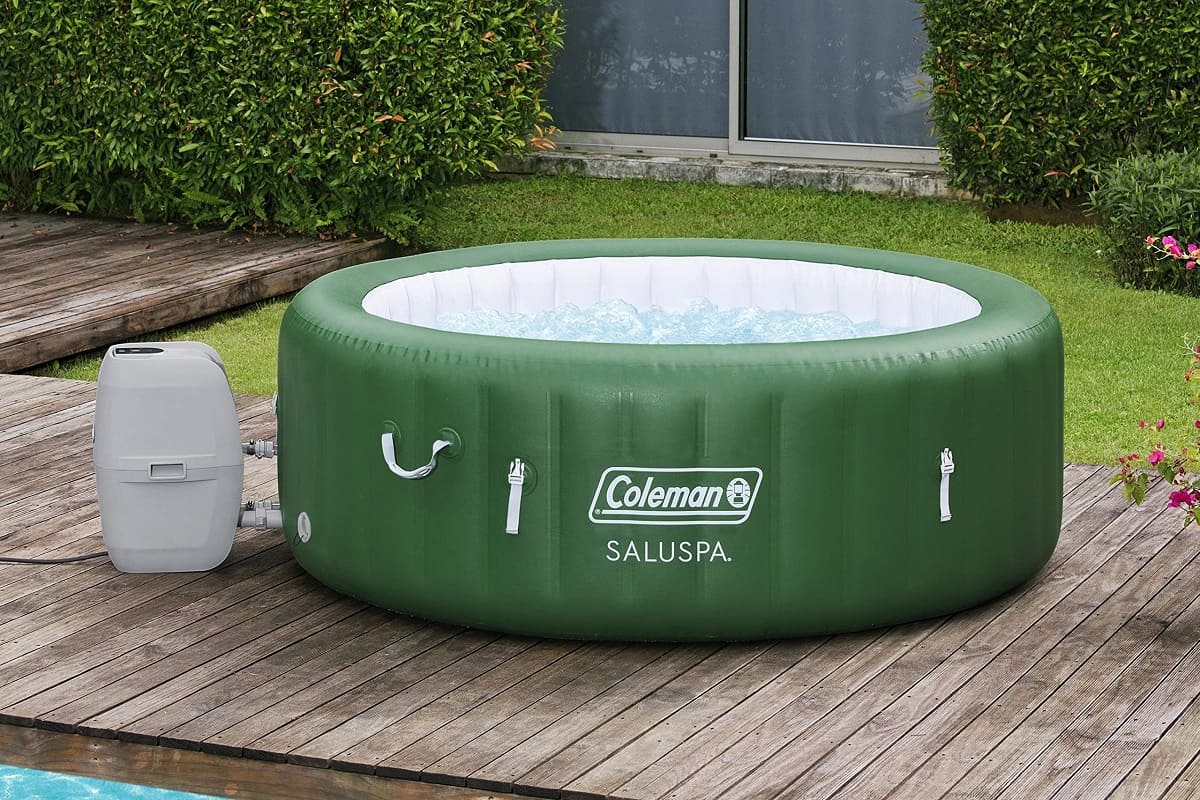
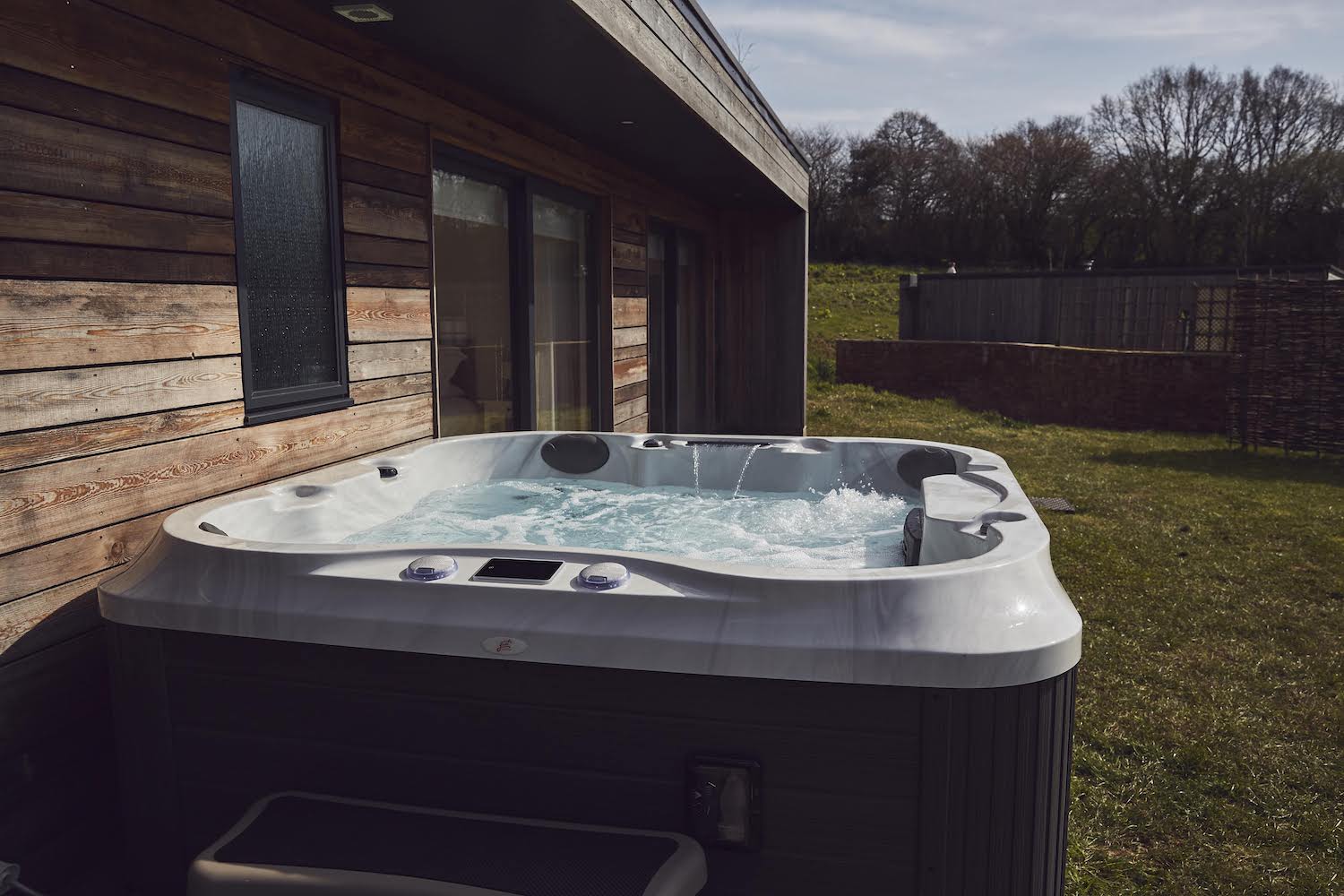
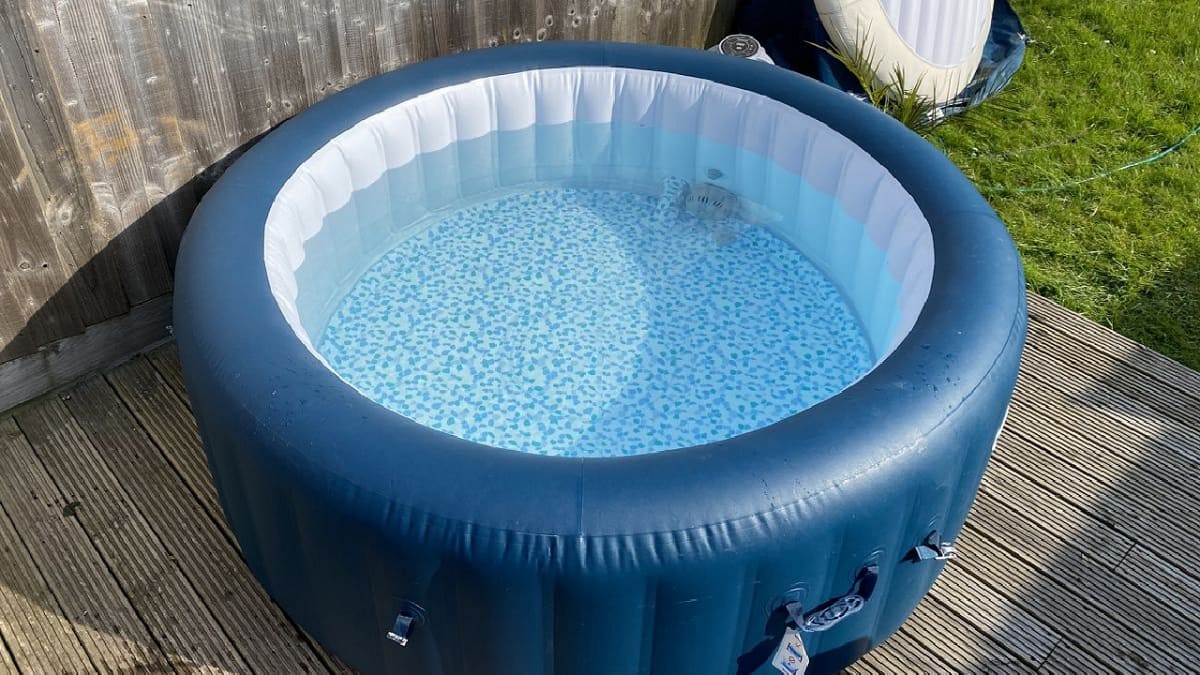
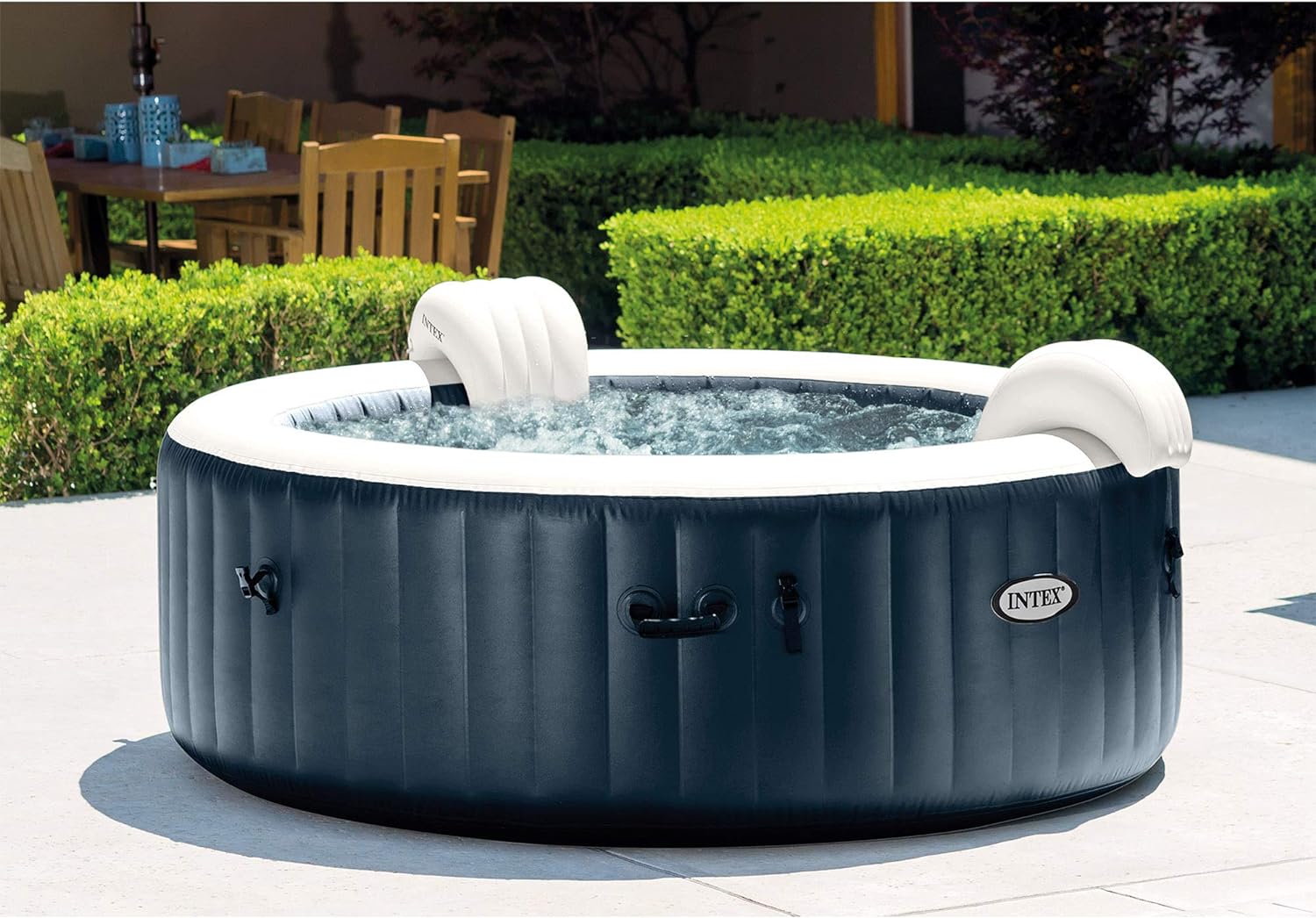
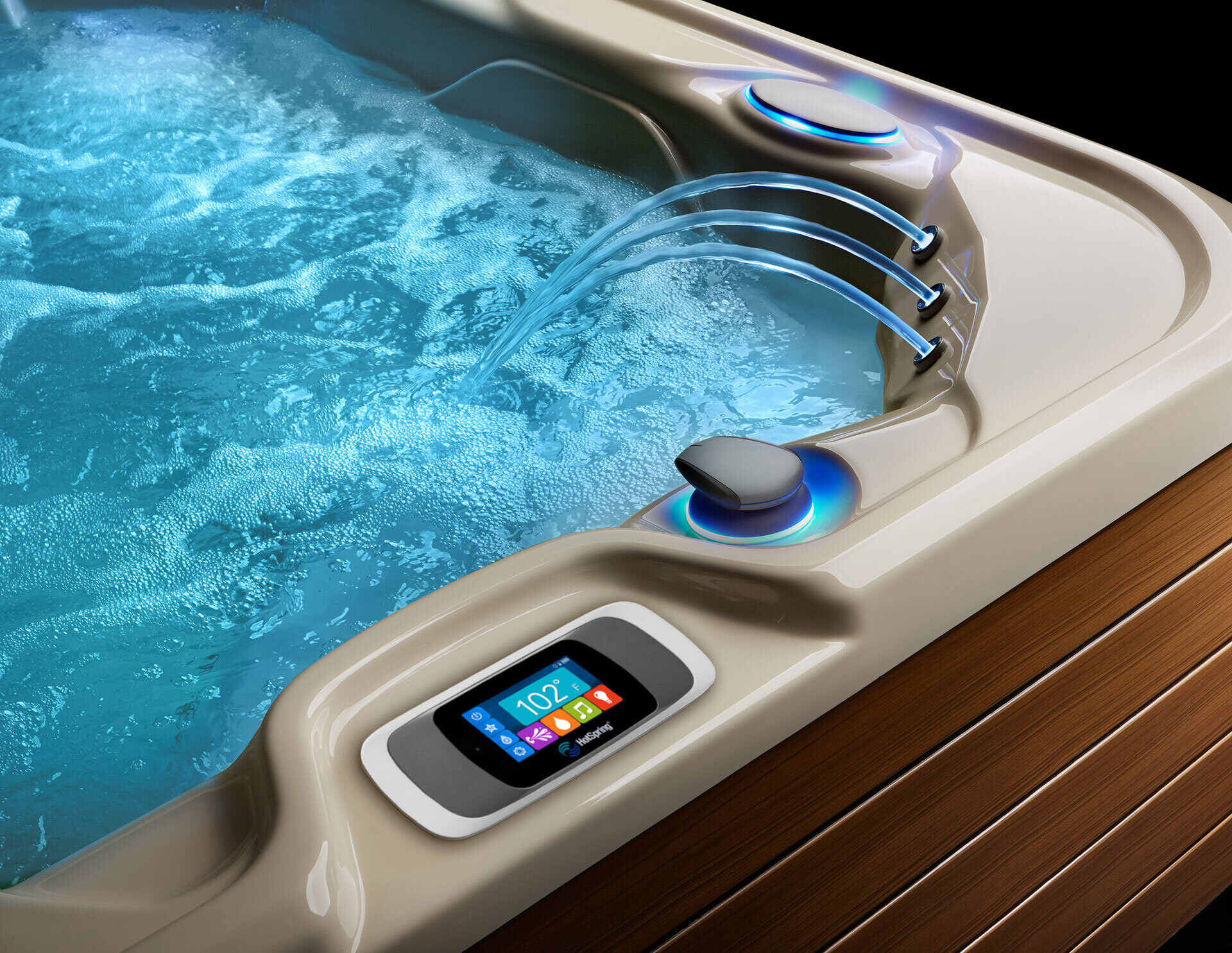
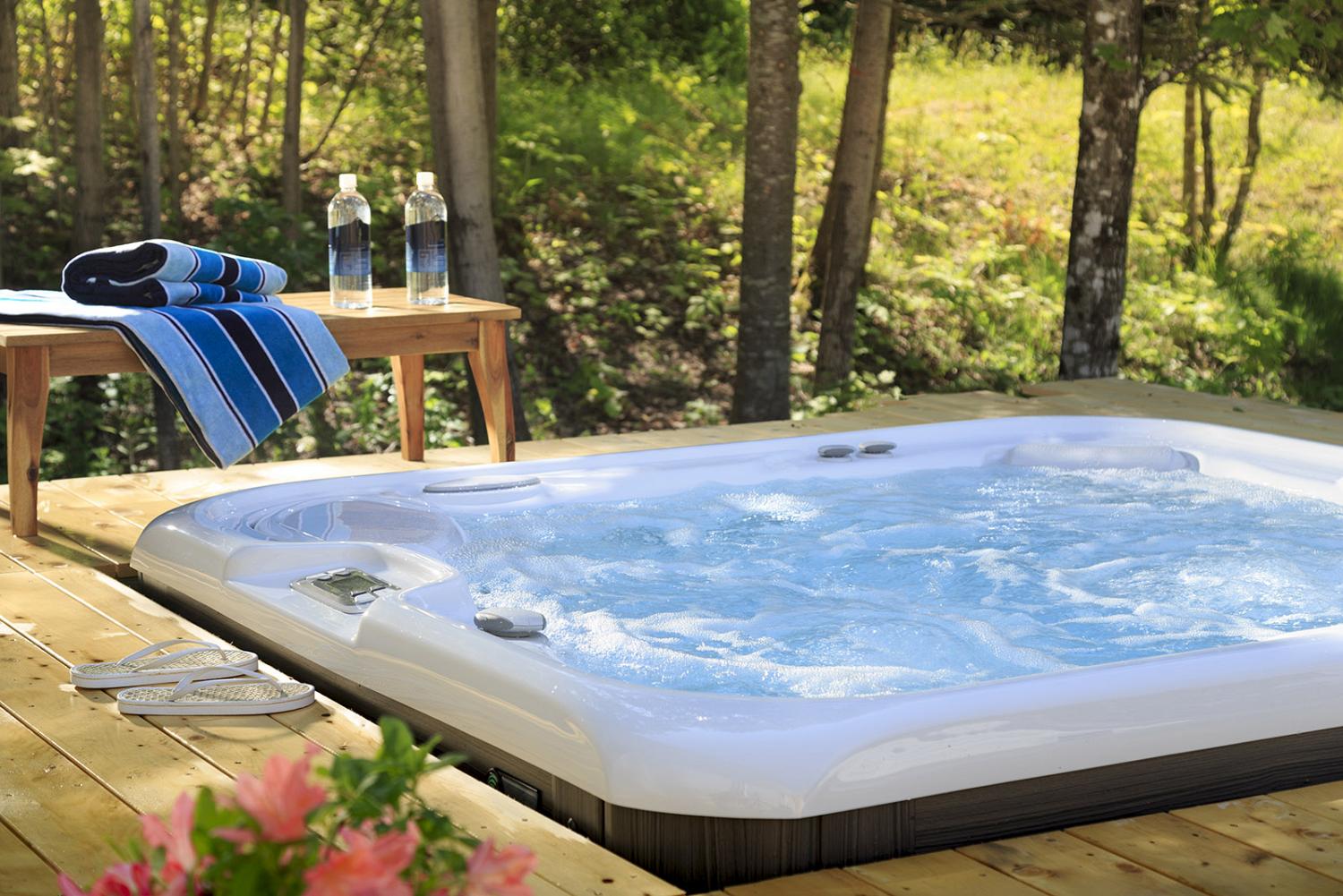
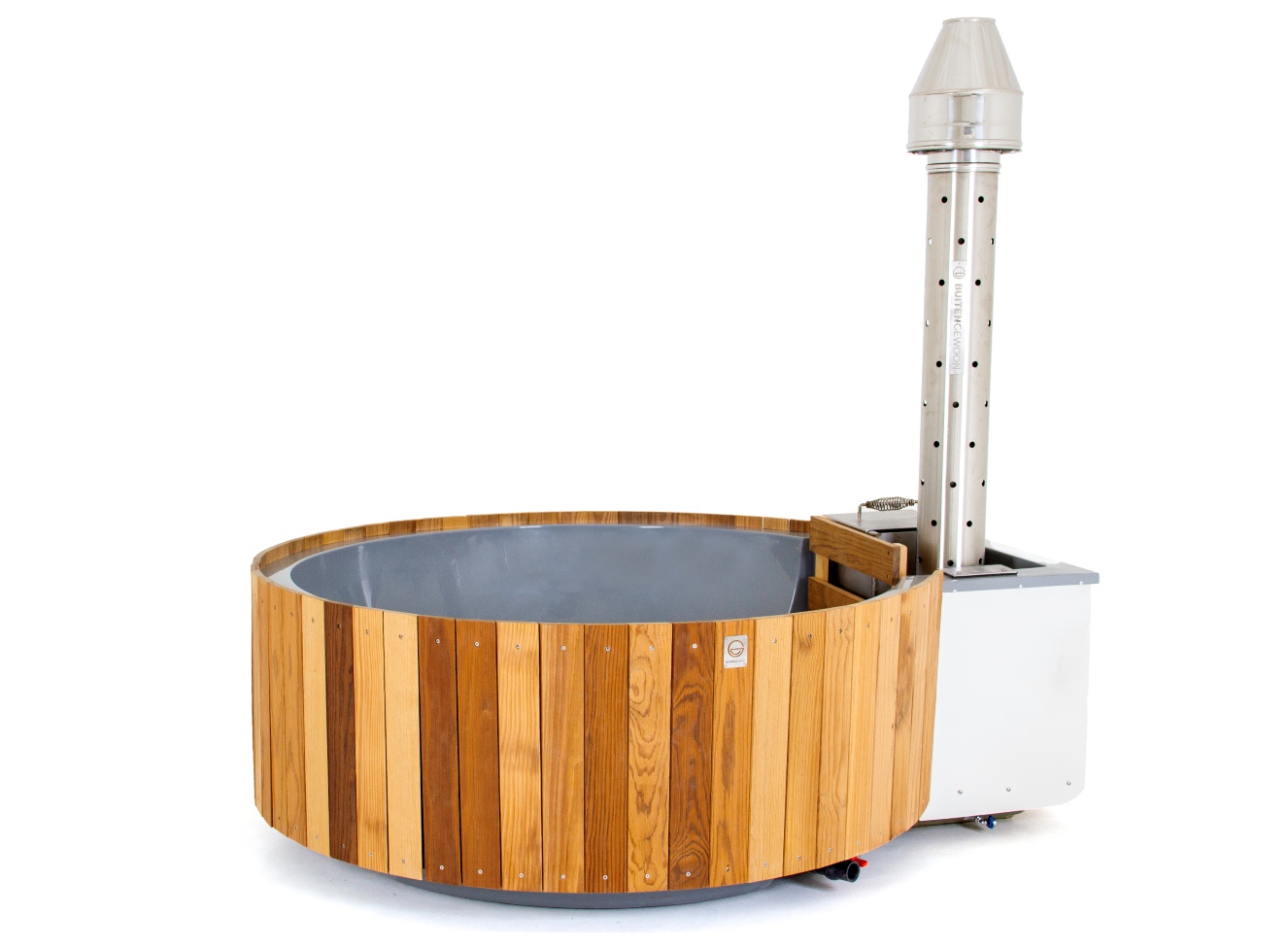
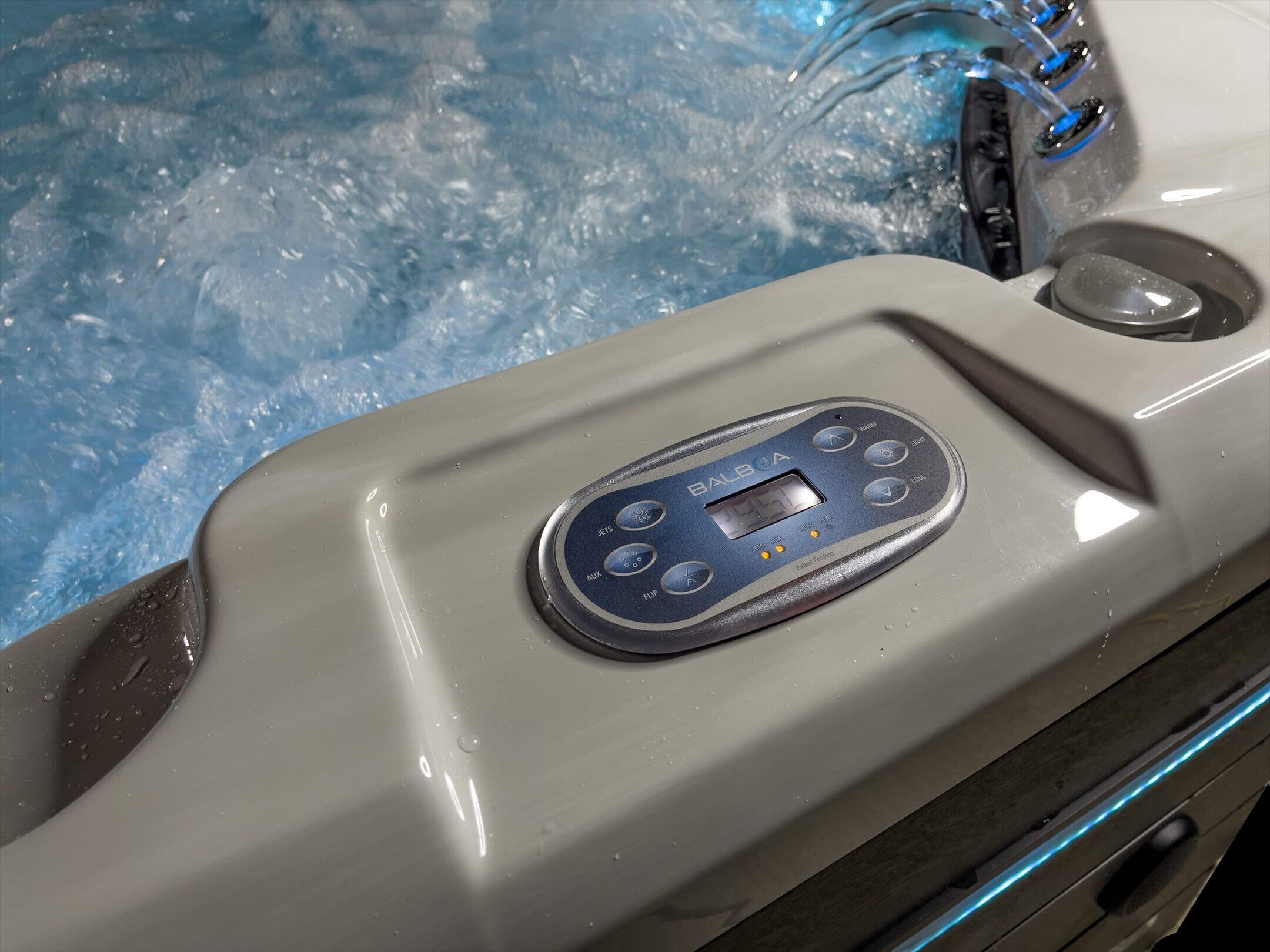
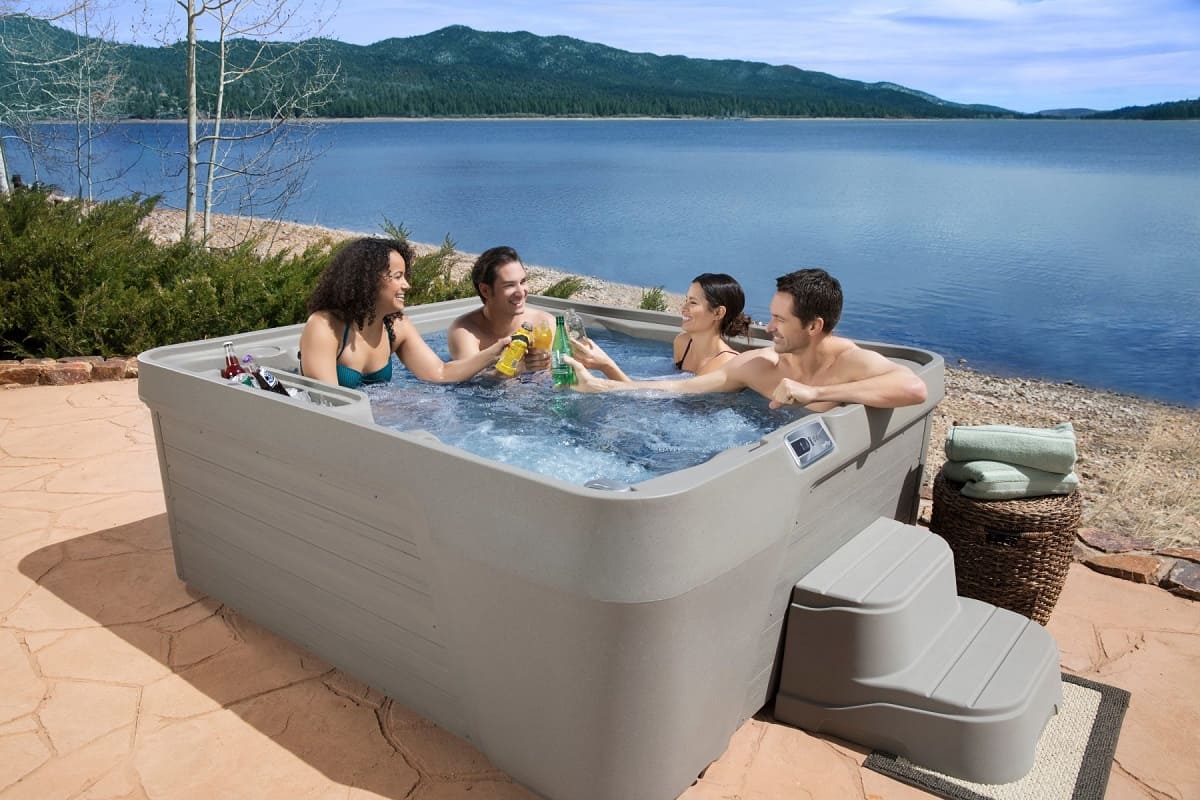
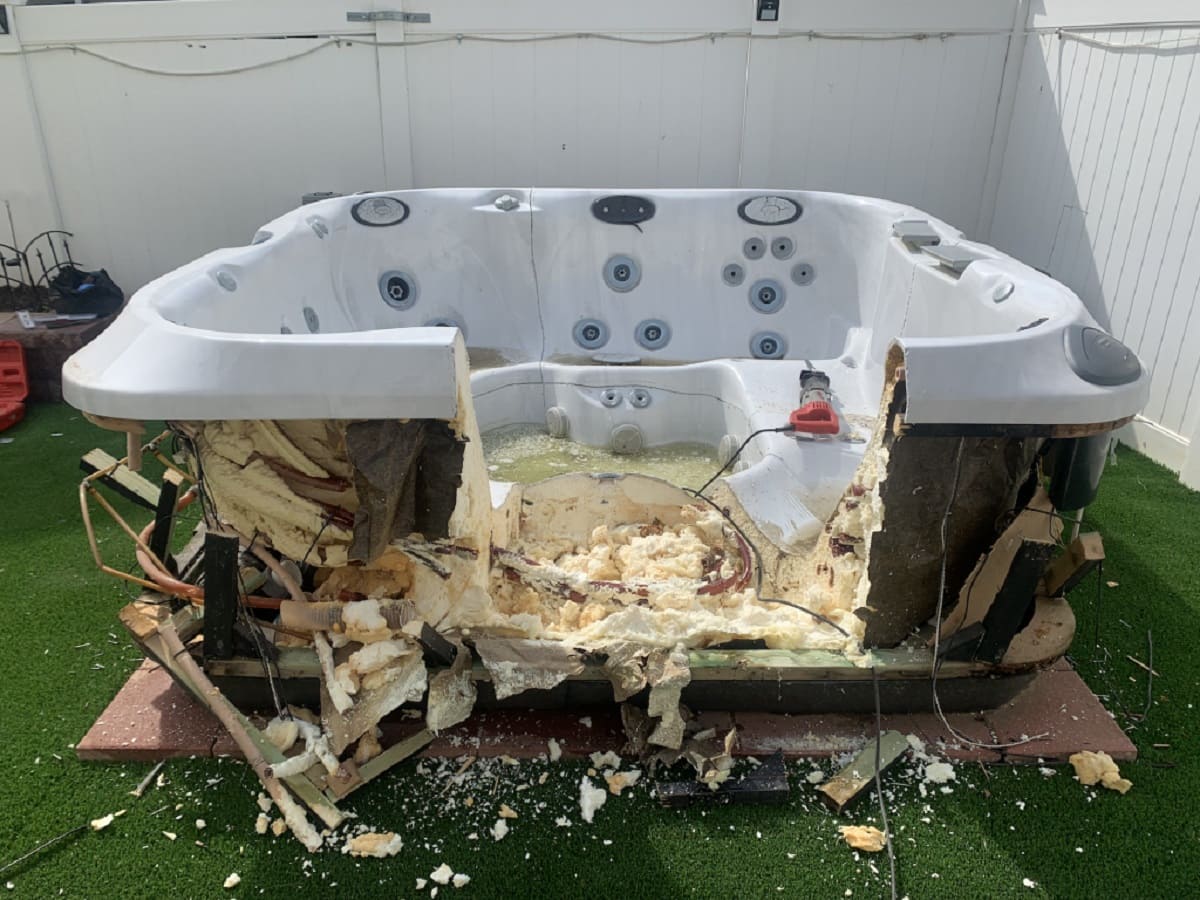

0 thoughts on “How Long To Heat Up A 110V Hot Tub”